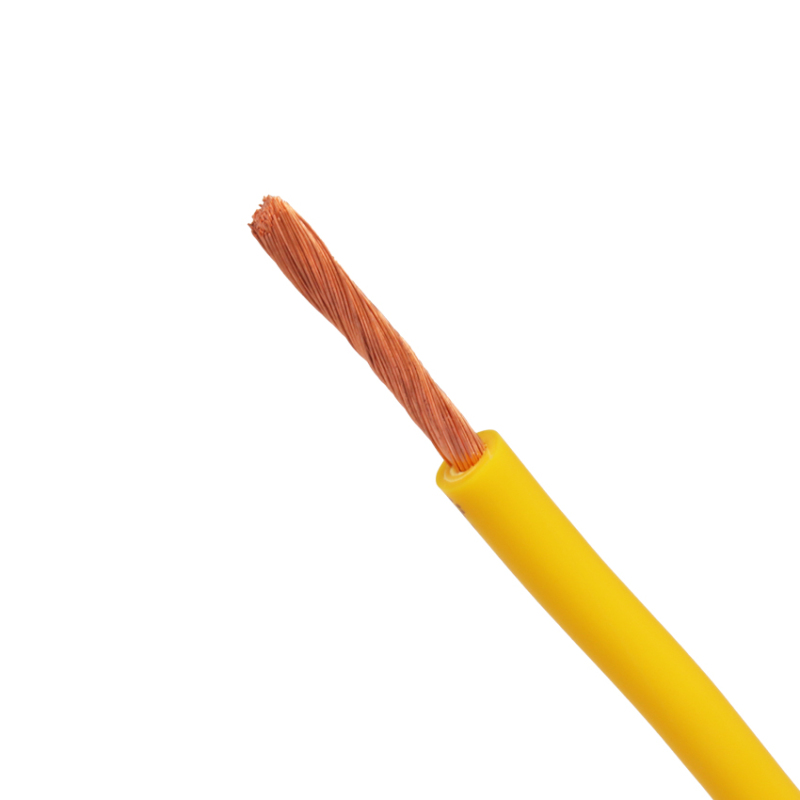The Complete Guide to Selecting the Right Unsheathed Cable for Your Project
When it comes to electrical projects, choosing the right type of cable is crucial for ensuring safety, efficiency, and longevity of your installation. Among various options available, unsheathed cables, particularly the Single Copper Core Flexible Conductor type, stand out for their versatility and reliability. This comprehensive guide will walk you through everything you need to know about selecting the right unsheathed cable for your project.
Comparing Single Copper Core Flexible Conductors with Other Materials
How to Determine the Correct Gauge for Your Unsheathed Cable
The Importance of Flexibility in Single Copper Core Cables
Safety Guidelines for Working with Unsheathed Cables
Understanding Unsheathed Cables: Types and Uses
Unsheathed cables, as the name suggests, are electrical cables without an outer protective sheath. They are typically used in situations where protection from environmental factors is not a concern, such as inside conduits or trunking. Among these, the Single Copper Core Flexible Conductor unsheathed cable offers remarkable flexibility and conductivity, making it a preferred choice for many applications.
Comparing Single Copper Core Flexible Conductors with Other Materials
When compared to other materials such as aluminum or steel, copper stands out for its superior electrical conductivity. Copper's flexibility also makes it easier to install, especially in complex configurations. While aluminum might offer a cost advantage, the efficiency and durability of copper, particularly in the form of Single Copper Core Flexible Conductors, often outweigh initial savings, making them a more cost-effective choice in the long run.
How to Determine the Correct Gauge for Your Unsheathed Cable
Selecting the correct gauge of your unsheathed cable is pivotal. The gauge, or thickness, determines the cable's current-carrying capacity. A cable that's too thin for your application might overheat, while a thicker cable could be unnecessarily costly and harder to work with.
The Importance of Flexibility in Single Copper Core Cables
Flexibility is a critical attribute, especially for installations that require cables to bend around corners or fit into tight spaces without breaking. The Single Copper Core Flexible Conductor unsheathed cable offers unparalleled flexibility due to its construction, significantly reducing the risk of breakage and simplifying the installation process.
Safety Guidelines for Working with Unsheathed Cables
Safety should never be compromised. When working with unsheathed cables, it's essential to follow these guidelines:
· Insulation: Ensure that the cables are properly insulated once installed, to prevent accidental contact.
· Routing: Avoid sharp bends and routes that could damage the cable.
· Protection: Use conduits or trunking where mechanical damage is a possibility.
· Compliance: Always adhere to local electrical codes and standards.
Selecting the right unsheathed cable, such as the Single Copper Core Flexible Conductor, is crucial for the success of your electrical project. By understanding the types and uses, comparing materials, determining the correct gauge, appreciating the importance of flexibility, and adhering to safety guidelines, you can ensure a safe, efficient, and durable installation. For professionals and DIY enthusiasts alike, making informed choices about your electrical supplies is key to achieving optimal results.
Leave a Reply
- HYA 50×2×0.4 Communication Cable: Reliable Solution for Guangzhou Surveillance Systems
- Why Does Your EV Stop Charging Suddenly? Let’s Troubleshoot!
- Yuedao Intelligent Empowers Guangzhou Metro to Set World Record for Fastest Subway Speed
- Become Our Local Partner - Expand Your Market with High-Quality Cables & Wires
